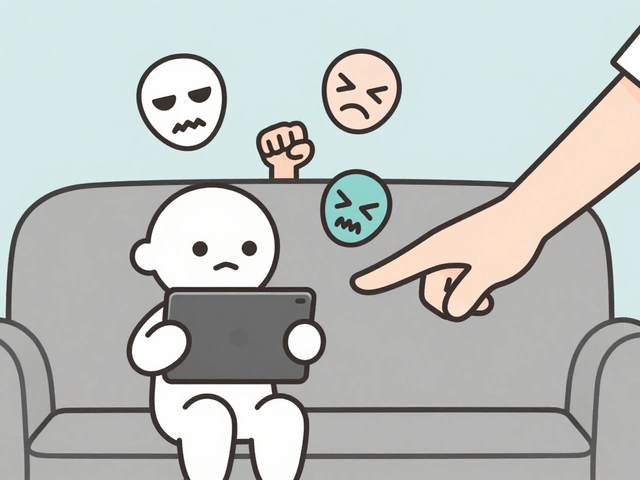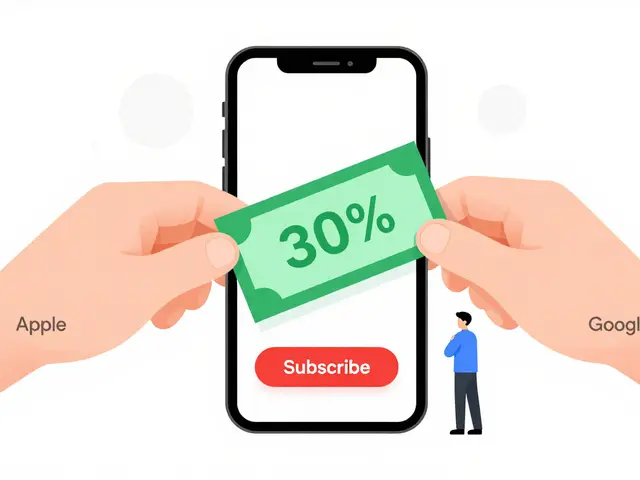Digital Health – What You Need to Know Right Now
Digital health is reshaping how we stay healthy, track symptoms, and talk to doctors. From smartphones to smartwatches, the tech is getting smarter and cheaper every day. If you’re curious about what’s actually useful, you’re in the right place.
Most people think digital health is only for tech geeks, but it’s simply any tool that helps you manage your health better. It can mean a meditation app that reminds you to breathe, a video call with a doctor, or a wearable that alerts you when your heart rate spikes. The goal is the same: make health information easier to get and act on.
Top Digital Health Tools
Health apps are the low‑hanging fruit. Apps like MyFitnessPal for nutrition, Calm for mental health, and Medisafe for medication reminders are free or low‑cost and work on any phone. They collect data you can share with your doctor if you want.
Wearables take things a step further. A simple fitness band tracks steps, sleep, and heart rate. More advanced devices can monitor blood oxygen, ECG, and even stress levels. The data syncs to your phone and can be exported for a medical visit.
Telemedicine platforms use video to connect you with a clinician without leaving home. Services such as Teladoc, Amwell, and many insurer apps let you schedule a video visit, discuss symptoms, and get a prescription in minutes. The video quality and security are now on par with in‑office visits.
AI‑driven chatbots provide quick answers to common questions. Tools like Babylon or Woebot can screen symptoms, suggest next steps, and even offer CBT‑style exercises for anxiety. They’re not a replacement for a doctor, but they’re handy for minor issues.
How to Choose the Right Health Tech
Start with data privacy. Look for tools that encrypt data, follow HIPAA or GDPR guidelines, and let you control who sees your information. If a service can’t explain its privacy policy in plain language, walk away.
Next, check usability. An app that’s hard to navigate will sit unused. Test the free version first—does it load fast, are the menus clear, and does it send useful alerts?
Finally, consider integration and cost. A wearable that only talks to its own app won’t help your doctor. Choose devices that export data in common formats (CSV, PDF) and fit your budget. Many insurers cover telemedicine visits, so check your plan before paying out of pocket.
Digital health isn’t a one‑size‑fits‑all solution, but the right combination can save you time, money, and even improve outcomes. Start small, protect your data, and expand as you see real benefits. The future of health is already here—grab the tools that work best for you.
20
Can You Trust Online Medicine Advice? Risks, Signs & Reliable Sources
Explore how to evaluate online medicine advice, spot misinformation, and rely on trustworthy sources for safe drug information and health decisions.
Latest Posts
Popular Posts
-
 Parental Controls on Free Streaming Apps: How to Keep Kids Safe Online
Parental Controls on Free Streaming Apps: How to Keep Kids Safe Online
-
 Taxes and Currency: How International Streaming Billing Works
Taxes and Currency: How International Streaming Billing Works
-
 Custom DNS for Streaming: Can Switching DNS Improve Video Start Times?
Custom DNS for Streaming: Can Switching DNS Improve Video Start Times?
-
 Best Educational TV Shows for Preschoolers, Elementary Kids, and Tweens
Best Educational TV Shows for Preschoolers, Elementary Kids, and Tweens
-
 Third-Party Billing: How to Manage Subscriptions Through Apple and Google
Third-Party Billing: How to Manage Subscriptions Through Apple and Google



